Founded in 1854 on the western side of the coal-rich Broad Top region, Saxton was designed to be the thriving heart of the fledgling H&BT (Huntingdon and Broad Top Mountain Railroad.) The area had been frequented by native american tribes before a few European homesteads were settled in the late 1700’s. These first settlers erected Shoup’s Fort in what is now East Saxton. The fort had to be abandoned during the revolutionary war as a result of hostile Native American tribes roaming the region.
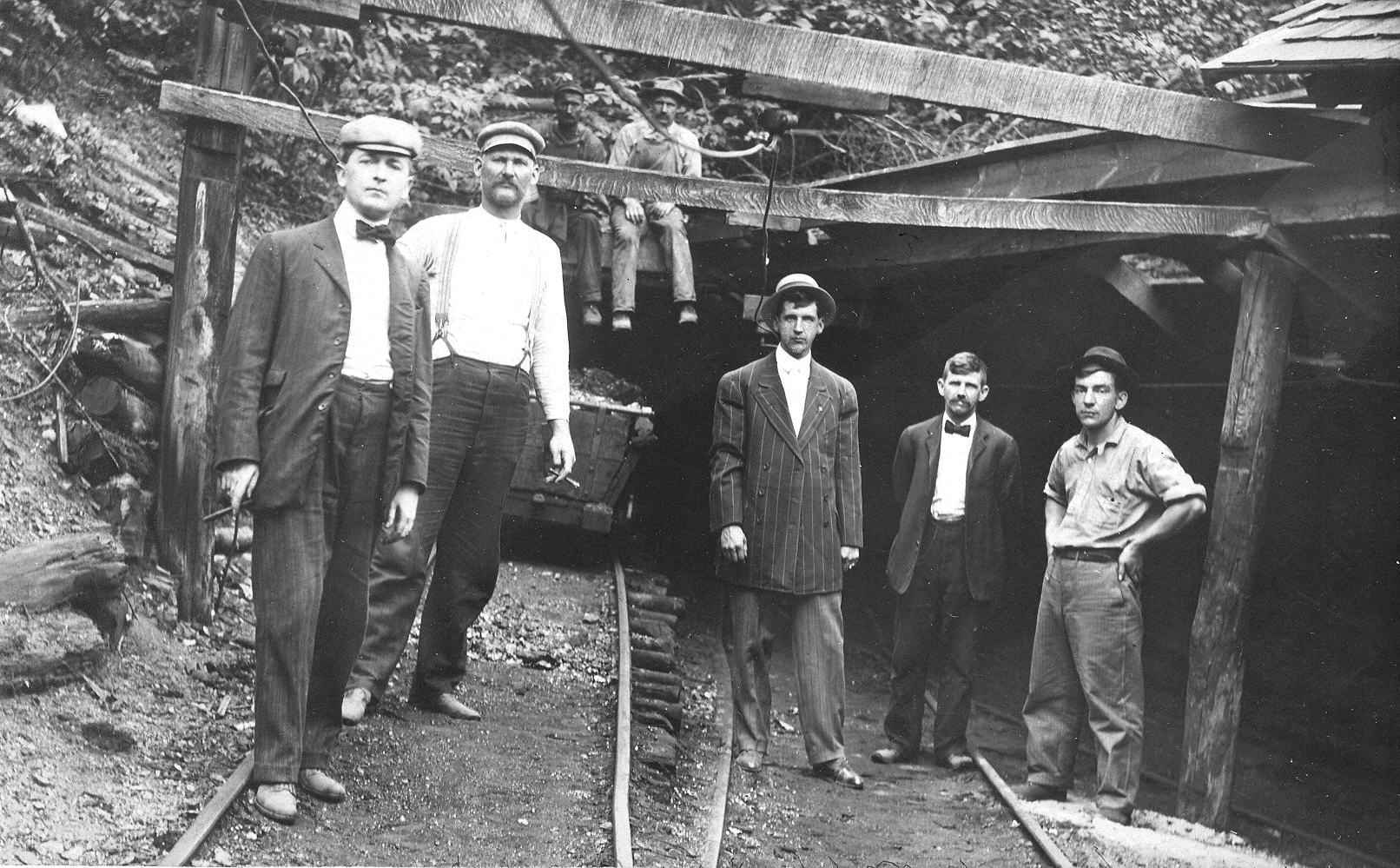

Following the war, settlers began flowing into the Broad Top region in greater number. The villages of Stonerstown and Puttstown began to take shape. Saxton remained little more than a few sparse homes during the early half of the 19th century however. It was then, around 1854, that Jacob Fockler and James Saxton purchased the area Saxton would be founded on. The two men had caught wind that a new railroad would be built right through the land. Realizing the potential of a town at the heart of the railroad, the men paid with gold and set about planning their community.

When the railroad opened, it transported enormous amounts of coal from the mines in the mountains, through Saxton, to Huntingdon and Bedford. The railroad naturally required a large workforce to operate it. Thus Saxton began to swell in population. By the late 1800’s the railroad began to expand, adding spurs to untouched coal fields in Six Mile Run and Hopewell. At the turn of the century Saxton had grown to a bustling town of just under 1,000 people.

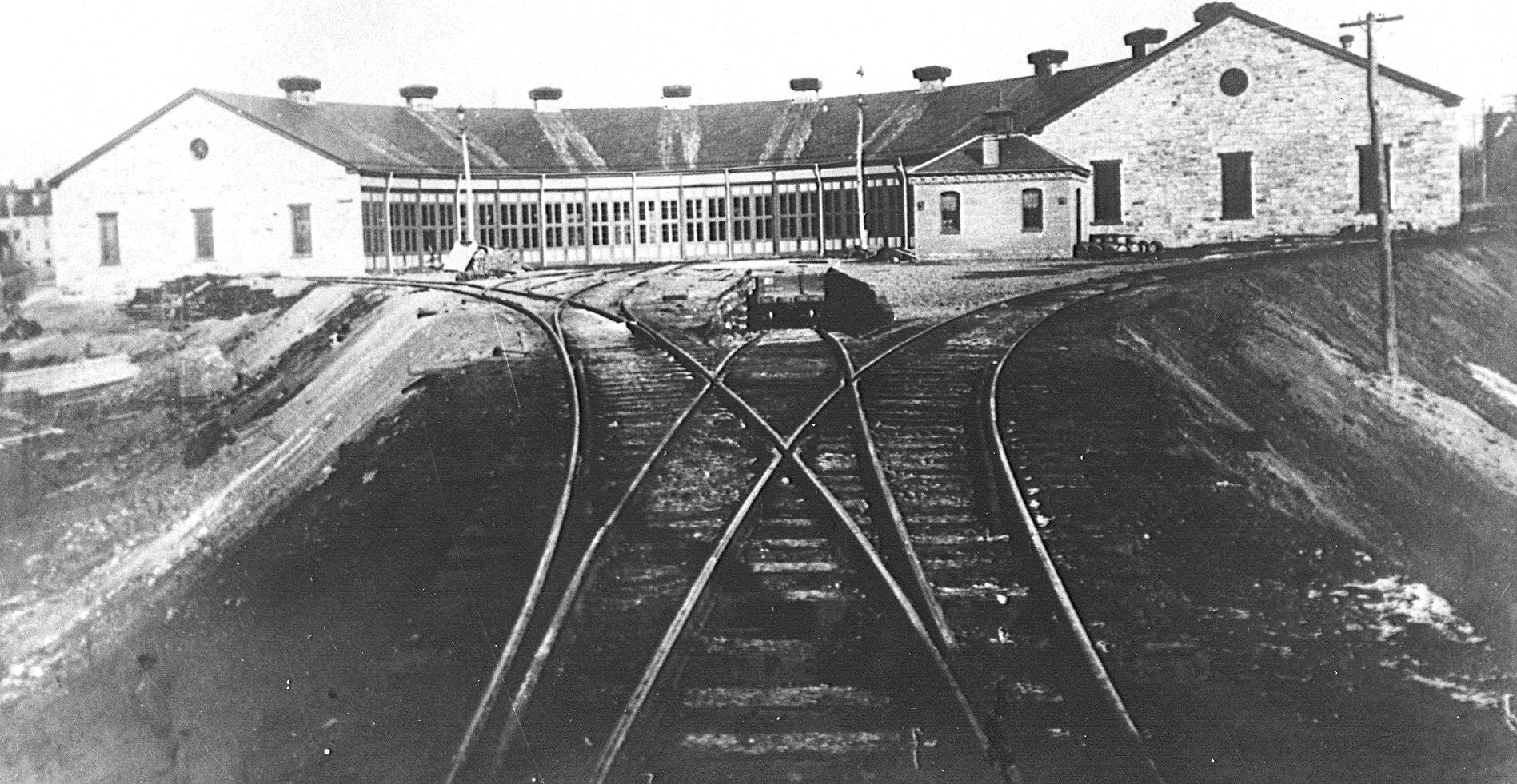
The beginning two decades of the 20th century could be considered the golden age of Saxton. The railroad was booming and along with it came industry. The Saxton Iron Furnace across the river from Stonerstown, the 7 Up bottling plant in the boro, the Saxton Brickworks, and the Generating Plant all sprung up. Department and hardware stores, hotels, and other businesses were built. The town was thriving, fueled by the railroad.
The Great Depression slowed down the economy in the region and the country in general. Saxton continued to relatively thrive during the period, but the economy simply wasn’t as good as it was during the Roaring Twenties. By the 1950’s the mines were becoming exhausted, and the railroad’s financial situation was declining. It finally declared bankruptcy in the fall of 1953.
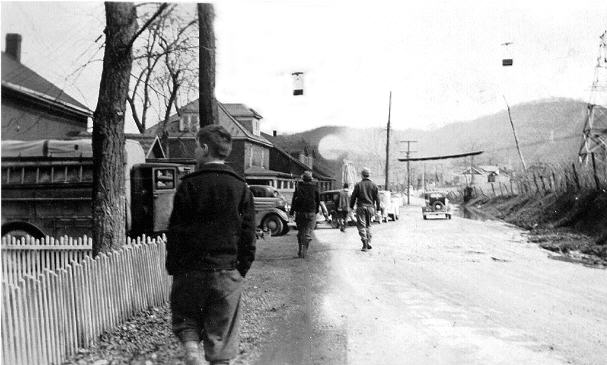
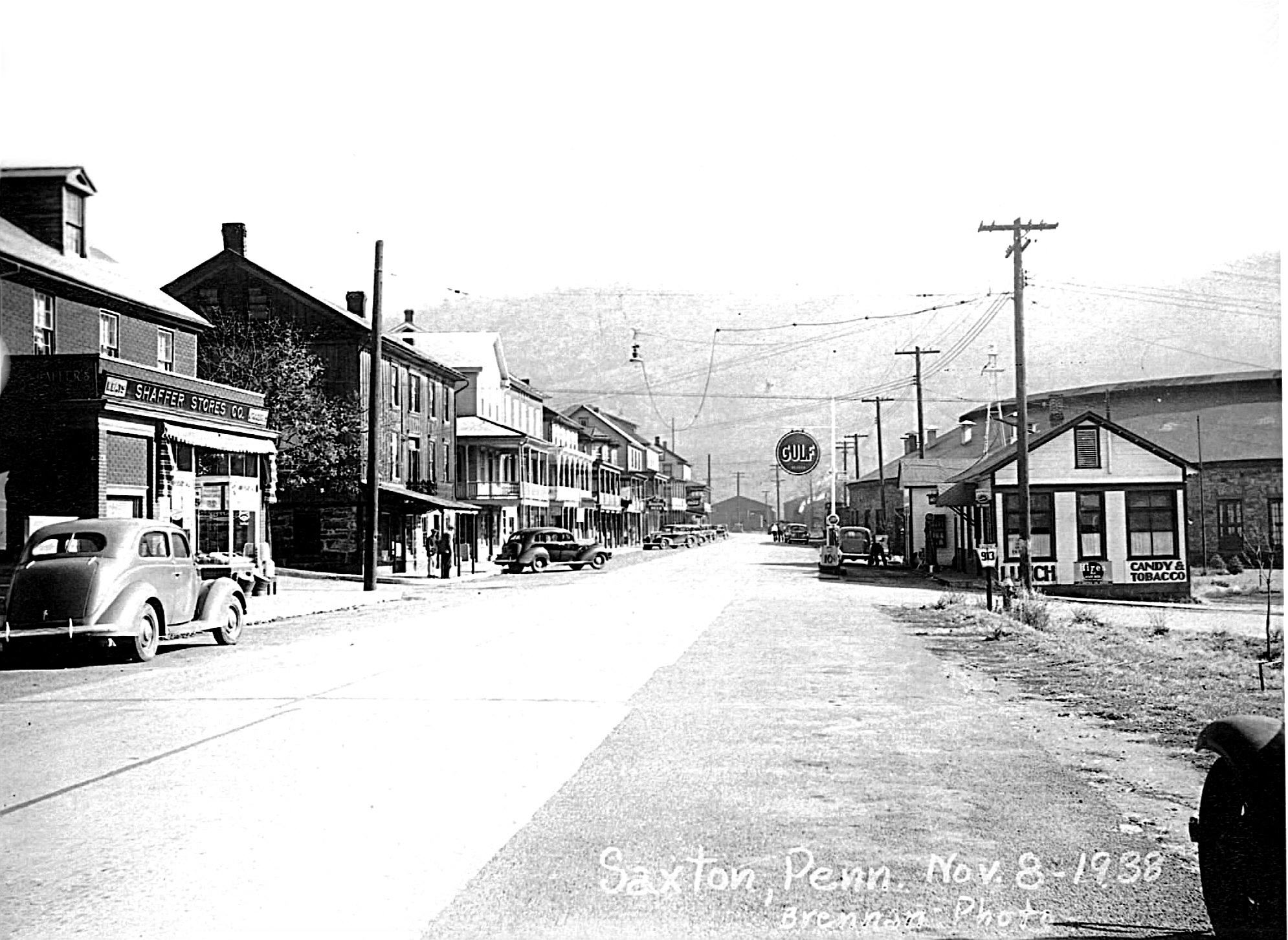
With the railroad’s demise the industries around town were left without their lifeblood. The population began to sharply decline as well. Nearly all of the tracks, locomotives, train cars, and railroad buildings were torn down or scrapped.
Saxton continued to live on. The 60’s brought the commissioning of the Saxton Nuclear Generating Plant, only the 4th Nuclear plant in the nation at the time. The facility was used as a training site for scientists and workers in the field. It was also used for nuclear research. It was decommissioned in 1972 and slowly demolished over the next several decades.
In 1975 the Seton corporation moved to Saxton. The leather finishing company provided much needed jobs to an economically depressed town.
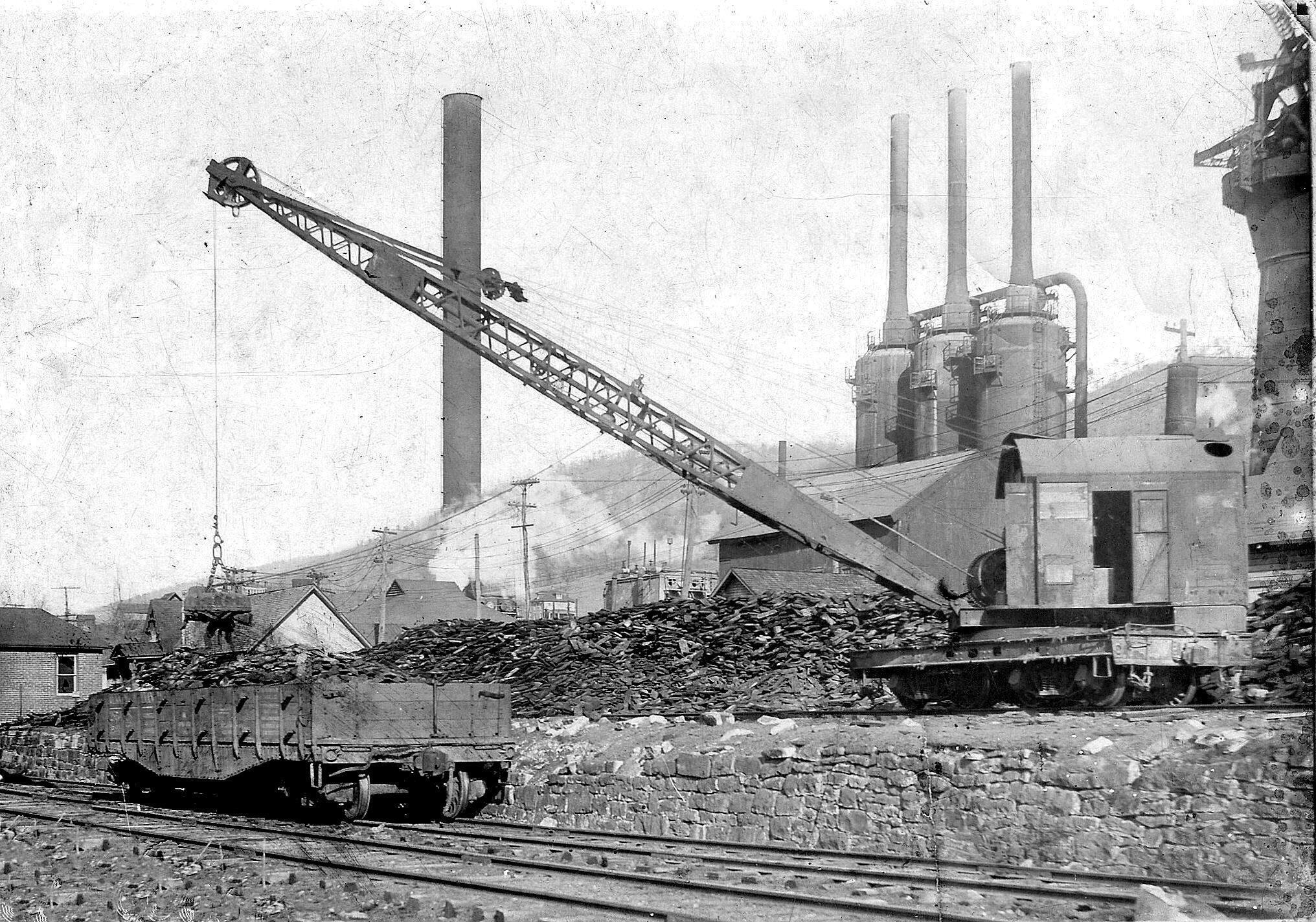
The turn of the millennium brought with it the closing of Seton and the final removal of the nuclear reactor. The new addition of the Saxton Market, renovation of the Tussey Mountain High School and the additions to the Saxton Volunteer Fire Company hall, however, have provided bright spots in the recent years.
Saxton is currently focusing on sprucing up the parkway around main street and bringing new events to the community. Through its ups and downs, the town of Saxton has remained a tight-knit community, full of hard workers and great people. It remains a great place to live, a place full of history and beauty.
Black and White photos from the collection of the late Dick Spargo